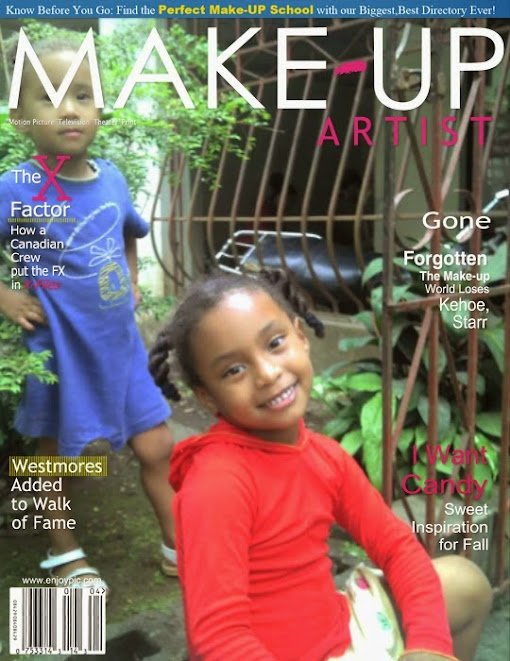by Van Stone vspfoundation@yahoo.com (610) 931-8810

Latonya Turpin, RN Youth Student training to become
a trained health professional specializing in addiction
whether it be outpatient counseling or an inpatient alcohol
and drug rehab and recovery meetings.
Latonya Turpin has stepped up to be the star young person to assist Fostergrandparent Project Stakeholders such as grandparents, surrogate grandparents, the youth, user groups, the development team to talk about what is Percocet addiction. Turpin, a nineteen year-old who is studying to be a RN in health care is getting praise and thanks because she has volunteered to get involved in a group that supports the drug intervention that any sister or brother may receive from the fostergrandparent project stakeholders. Turpin, a resident of West Philly, says that the recovery group with fostergrandparents works. “I’m a living testimonial to that.”
Latonya has learned that addictive drugs such as Percocet activate the brain’s reward systems. The promise of reward is very intense, causing the individual to crave the drug and to focus his or her activities around taking the drug. The ability of addictive drugs to strongly activate brain reward mechanisms and their ability to chemically alter the normal functioning of these systems can produce an addiction. The future RN has been passing along this education to people who meet for recovery meetings. “Drugs also reduce a person’s level of consciousness, harming the ability to think or be fully aware of present surroundings,” she says. Percocet is a narcotic and Acetaminophen, better known as Tylenol, combination. The youngster works closely with James Sullivan, a group leader.
Sullivan is a well known recovery group representative who has prepared Turpin to share the free lesson as to how addiction is a major risk with prolonged use (over 2-3 weeks) of narcotics. Sullivan has most recently invited anyone who has a understanding of attending recovery meetings to begin participating with him each Wednesday afternoons at 2pm at the University Square Samuel Oshiver Hall located at 3901 Market Street. In the meetings understanding that even moderate doses of some narcotics can result in a fatal overdose is discussed. When increasing doses of narcotics, the person may first feel restless and nauseous and then progress to loss of consciousness and abnormal breathing. Other risks include withdrawal symptoms that may last for months.
Since about one out of every four teens and seniors looking for something to do this year will be wrongfully influenced participation in recovery meetings at the University Square will insure a successful project for youth and surrogate grandparents who want to be a part of doing something good. Sullivan feels that talking is not enough in recovery.
Sullivan wants to invite neighborhood schools and businesses to support the meetings at Samuel Oshiver Hall by planning with him and Turpin positive things to do like line dancing, drumming, country style breakfast and lunchin, and ceremonies.
Turpin has shown that anyone who wants to support can be a person of at least age 13 and up who likes to manage the organizational activity to allocate resources (people, money, services) and set priorities for their own organizations in support of a real change.
Individuals looking to participate in their indoor activities for appropriate meeting space to carry out their private function may call Turpin at 267-804-3880 or Sullivan at 215-416-0862. Class News: In case you weren’t aware of this next month is Native American Month. October is going out with a bang about pumpkin a set-up for local education about a class of Native Americans called Black Indians.
In 1849, Talented Black Indian(s) on the Eastern Coast -the Chippewa Indians in New York, the Delaware Valley area Indians-called Lenni Lenape, and others here in Philadelphia, PA, Chester, PA, and in the New Jersey as well as Wilmington Delaware were well established communities in rural and urban cities.
Today, many residents whose grandparents were born and raised in eastern Pennsylvania, New Jersey, and Delaware can trace their ancestry back to famous Black Indian Nations. They were writers and shared Native American language. They used that language to proudly remind them where they came from. If you are related to these defenders of safety and a green environment you can teach your family about how you were against slavery and that it was your ancestors who fought for freedom long before the abolitionist and before the Civil War here in the large city of Philadelphia.









